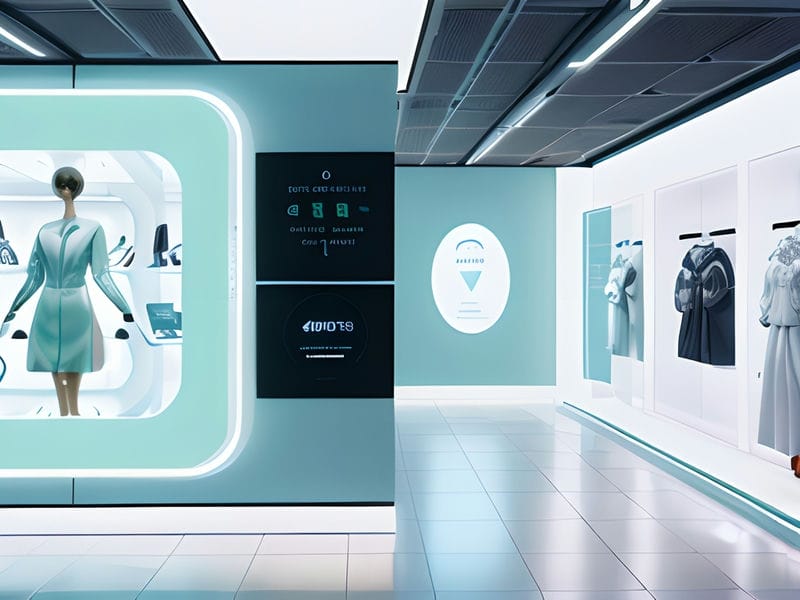
How AI Is Transforming Fashion Design
Overview of how technology is being used in the fashion industry to reduce waste and pollution.
Artificial Intelligence (AI) has revolutionized the field of fashion design by transforming trend forecasting and consumer insights. The impact of AI on this industry has been profound, as it enables designers to analyze vast amounts of data in real-time, leading to more accurate predictions and better decision-making.
How AI Is Transforming Fashion Design - Style
- Style
- People
- Rib Knit
One way in which AI is transforming fashion design is through trend forecasting. Traditionally, designers relied on intuition and past experiences to predict upcoming trends. DIY fashion promotes creativity and sustainability The Benefits of Blockchain in Fashion Supply Chains Capsule Wardrobe. Eco-friendly fabrics are essential in sustainable fashion Chic Sustainable Wardrobe Global Organic Textile Standard (GOTS). However, with the help of AI algorithms, they can now access a wealth of information from social media platforms, e-commerce websites, and other sources to identify emerging patterns and preferences among consumers. This allows designers to stay ahead of the curve and create collections that resonate with their target audience.
Additionally, AI has also revolutionized consumer insights in fashion design. By analyzing customer behavior and preferences, designers can gain valuable insights into what drives purchasing decisions. This information can be used to tailor marketing campaigns, develop personalized recommendations for customers, and improve overall customer satisfaction. Moreover, AI-powered chatbots can provide instant assistance to customers, enhancing their shopping experience and increasing brand loyalty.
In conclusion, the impact of AI on trend forecasting and consumer insights in fashion design cannot be understated. By leveraging the power of artificial intelligence technologies, designers are able to make more informed decisions that ultimately lead to greater success in an ever-evolving industry. As technology continues to advance, we can expect even more innovations in the field of fashion design that will further enhance creativity and efficiency.











